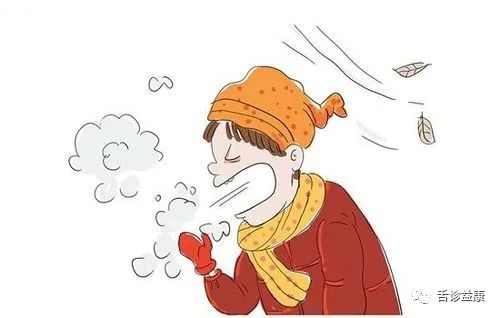
It is believed that everyone has experienced fever and cold, but many people casually choose cold remedies without proper understanding.
In fact, the common cold can be divided into Wind-Cold Cough (Feng Han Ke Sou) and Wind-Cold Common Cold (Feng Han Gan Mao), and the treatment methods for these two types of colds are different.
So, how do we differentiate between Wind-Cold Common Cold and Wind-Cold Cough? Below is a detailed introduction.

How to Differentiate Between Wind-Cold Common Cold and Wind-Cold Cough


1. Different Causes of Onset
Wind-Cold Cough is primarily caused by the invasion of cold pathogens, commonly occurring in autumn and winter when temperatures fluctuate significantly and outdoor temperatures are low. Wind-Heat Common Cold is caused by the invasion of heat pathogens, often occurring in spring and summer when bacteria and viruses are more active.

2. Different Symptoms
The symptoms of Wind-Cold Common Cold include significant chills, mild fever, no sweating, headache, body aches, nasal congestion with clear discharge, cough with thin white phlegm, no thirst or preference for warm drinks, and a white greasy tongue coating. In contrast, Wind-Heat Common Cold symptoms include high fever, slight chills, headache, sweating, sore throat with redness and pain, dry cough with thick or yellow phlegm, nasal congestion with yellow discharge, thirst, and a red tongue with a white greasy coating.

3. Different Onset Processes
The onset process of Wind-Cold Cough generally begins with the patient feeling fatigued, followed by inadequate rest, and then exposure to cold air, leading to the invasion of cold into the body. Symptoms such as clear nasal discharge, chills, and body aches may appear, and even fever can occur. For Wind-Heat Common Cold, the patient typically first experiences a sore throat, followed by nasal congestion and other cold symptoms. The differences in the onset processes of the two types of colds make them easy to distinguish.

4. Different Characteristics of Phlegm and Nasal Discharge
In Wind-Cold Common Cold, the phlegm is clear and thin, and the nasal discharge is also clear and not turbid. In contrast, the phlegm in Wind-Heat Common Cold is thicker and more turbid, with nasal discharge that is also more turbid and yellowish.

5. Different Seasonal Occurrences
Wind-Cold Cough often occurs in cold seasons, such as winter, autumn, and early spring, as a result of experiencing dampness and cold pathogens. Wind-Heat Common Cold typically occurs in warmer seasons, such as spring, early summer, and early autumn, due to the influence of wind, cold, heat, and dampness.

